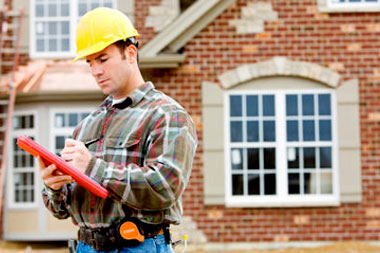Chester County PA Real Estate Market Trends Report - March 2016

According to the National Association of Realtors, mortgage rates are now lower than they ended in March. That means that rates are not only near the lows for the year to date, they are also close to the lowest rates in three years. These lower rates translate into increased buying power and/or improved ability to qualify for a mortgage.
A record number of Americans are actively searching and looking at the current inventory on Realtor.com®. We currently have 2% fewer homes for sale in the U.S. relative to last year, but we’ve seen 137,000 new listings come onto the market so far in April.
Looking ahead, great weather will likely draw even more people to look at open houses and available homes over the rest of the month. According to Cleveland Research, after a cooler than normal start to April, the weather forecast for the next 10 days is expected to be “near perfect” across many of the largest housing markets in the country, especially in the central and eastern U.S.
But who cares about a national or regional weather or housing forecast? What matters most are the trends and conditions in your neighborhood.
Chester County PA Real Estate Market Trends for February 2016
2,614 Chester County PA single family homes for sale in March 2016 which is a 4.47% increase from March 2015. 405 homes sold in March with a median sales price of $280,000, a 0.70% decrease from March 2015.
The supply of inventory is 5.0 compared to 5.2 in March 2015 and the Sales vs List Price is 93.7%.
| Date | Homes For Sale |
Months Supply Inventory |
Homes Sold |
Median Sales Price |
Sales Price vs List Price |
| March 2016 | 2,614 | 5.0 | 405 | $280,000 | 93.7% |
| March 2015 | 2,502 | 5.2 | 409 | $282,000 | 94.9% |
Curious about the value of your home? Get your home's value here!






